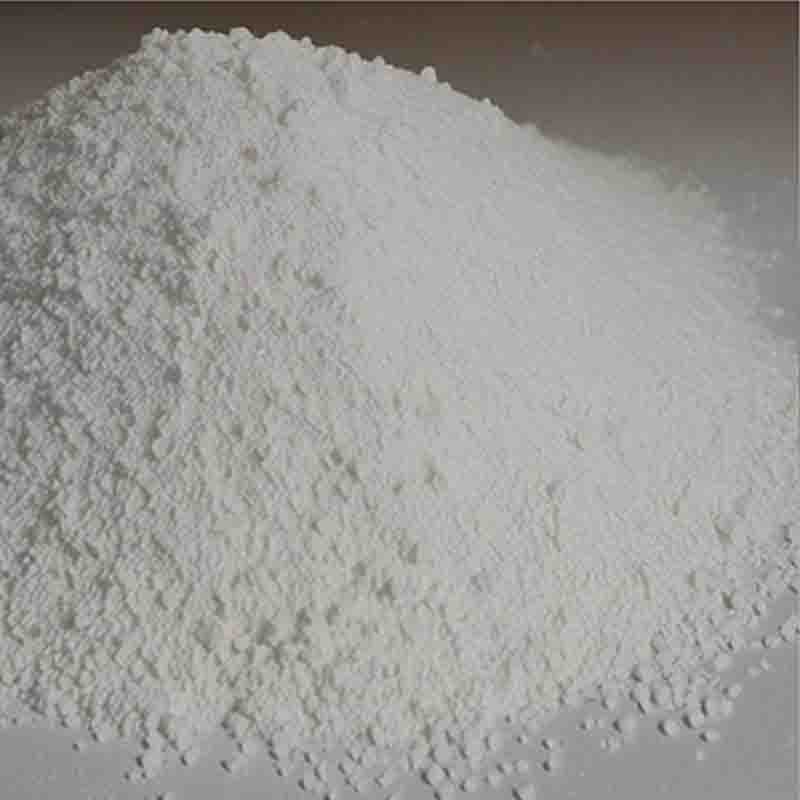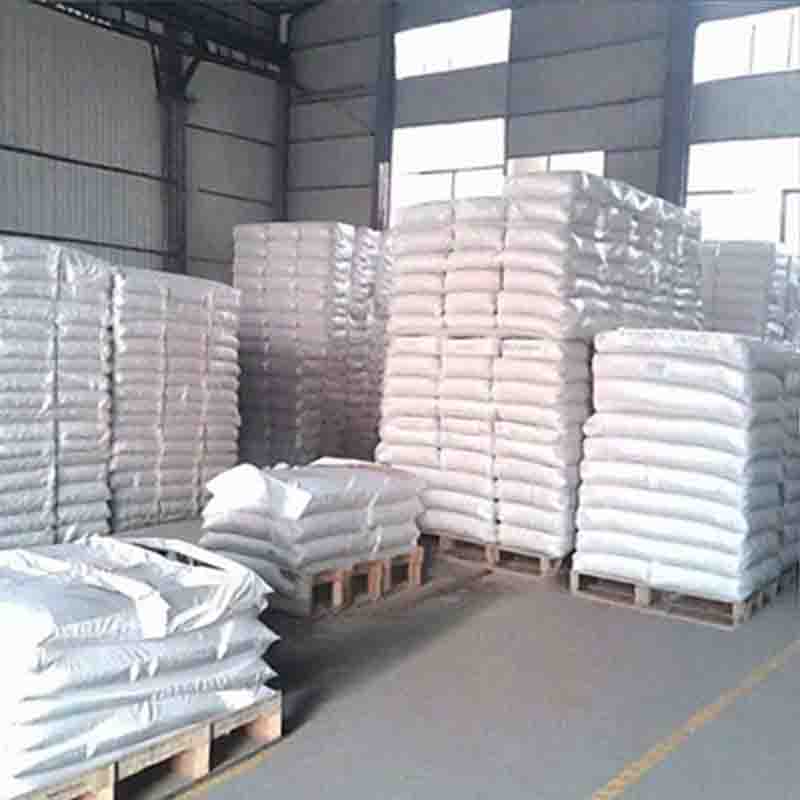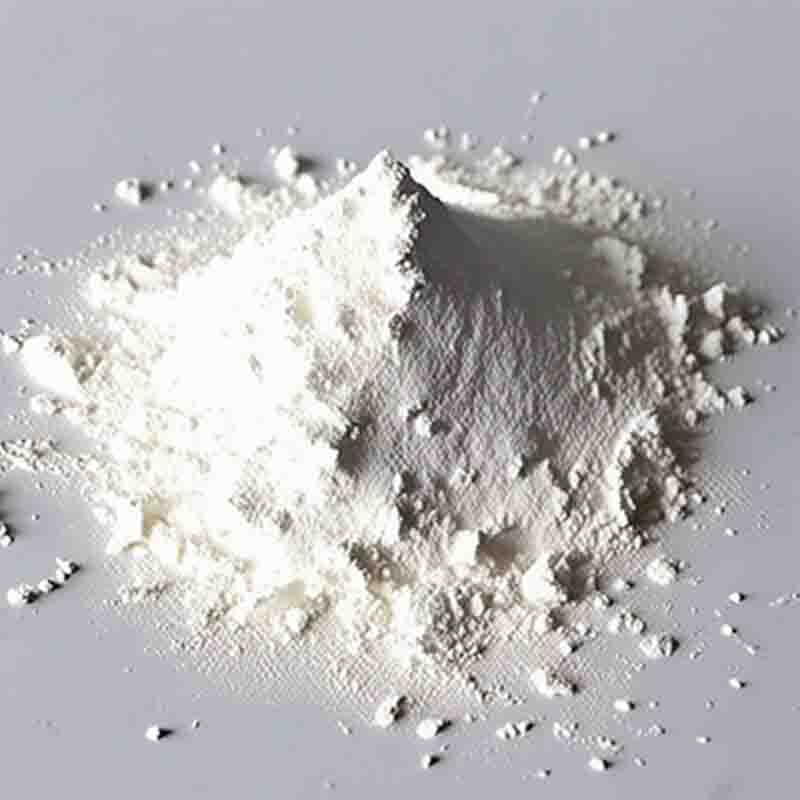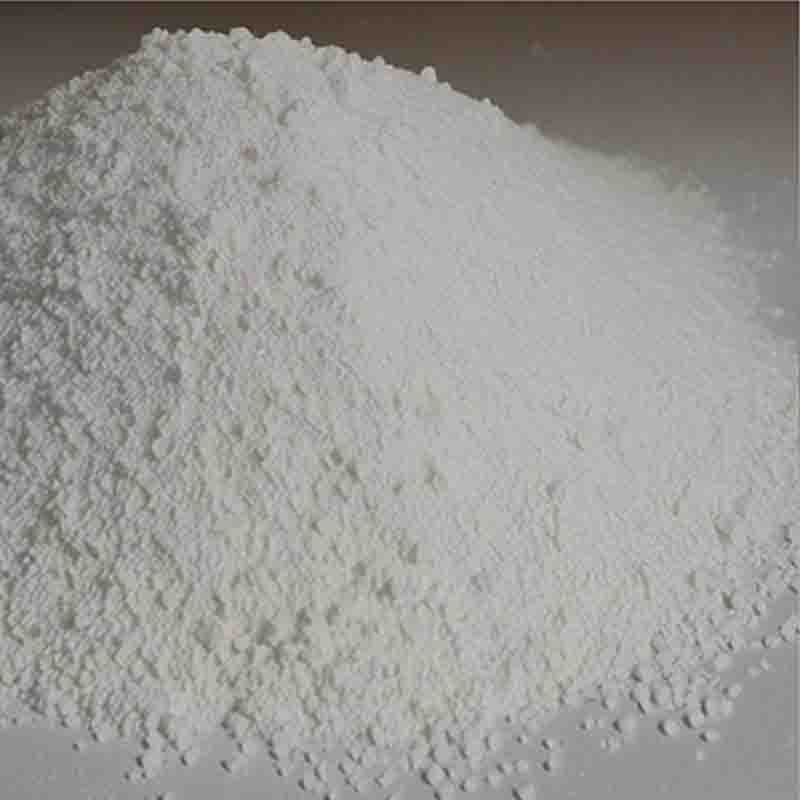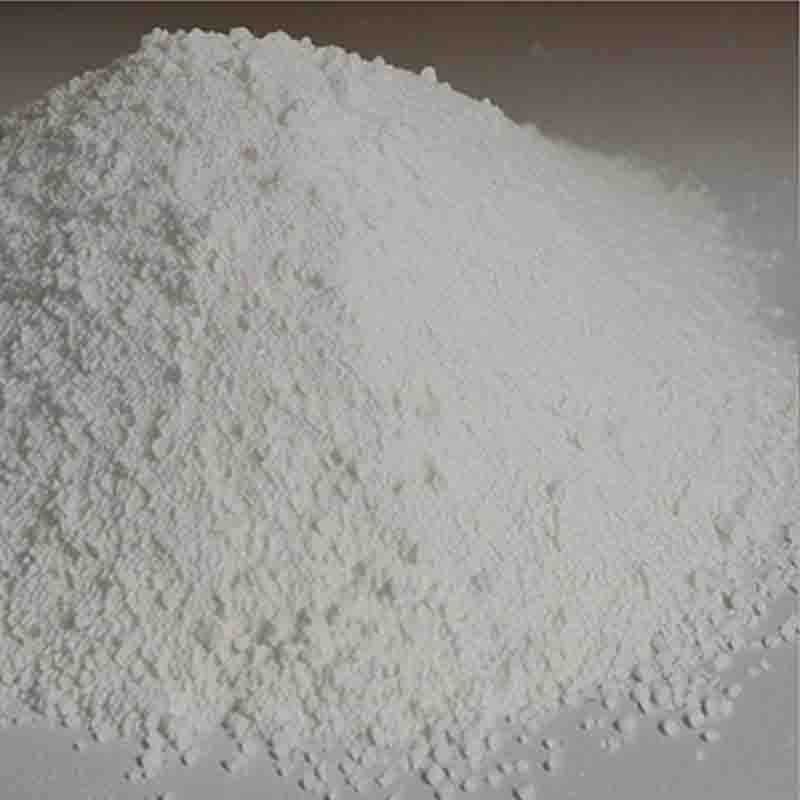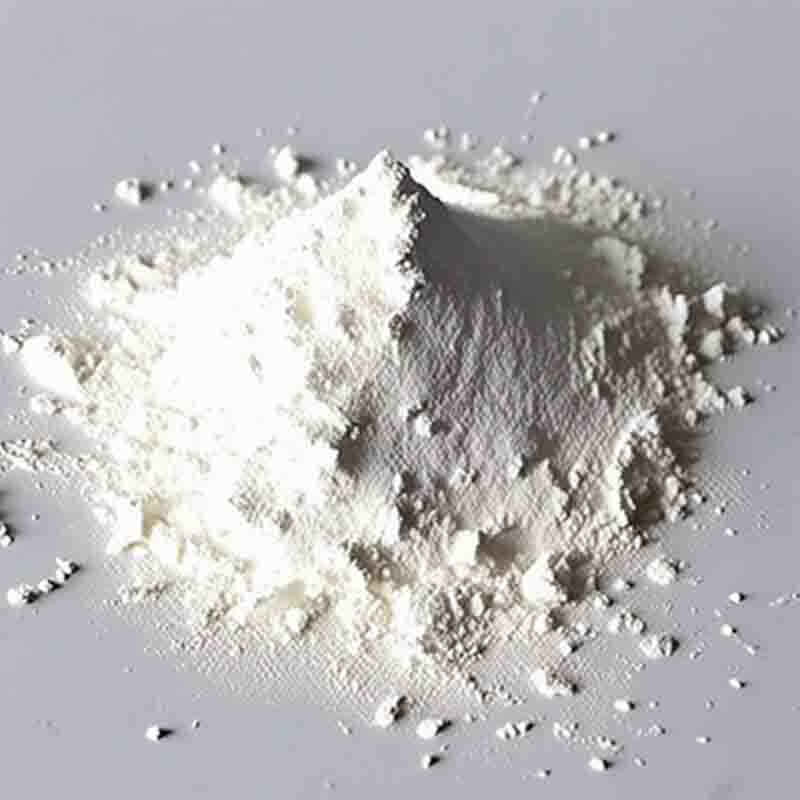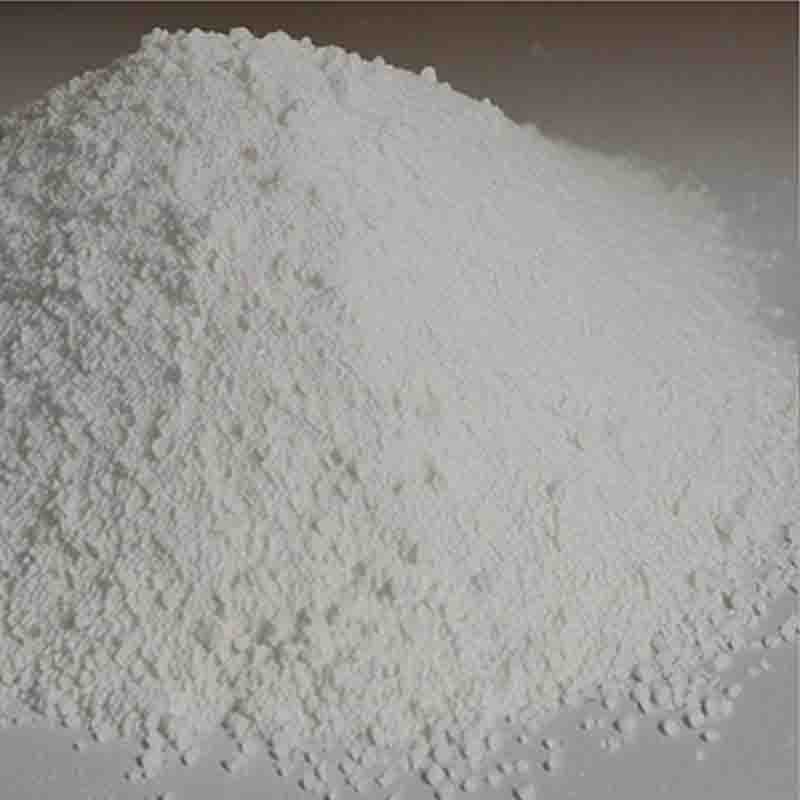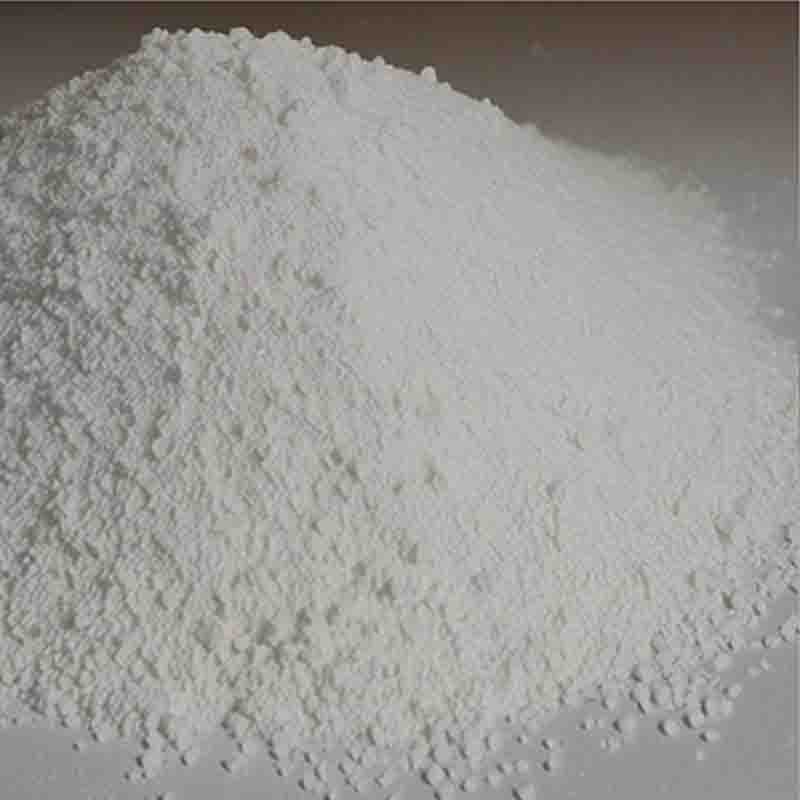Bis(1,5-cyclooctadiene)rhodium(I) tetrafluoroborate CAS: 35138-22-8
| Catalog Number | XD94458 |
| Product Name | Bis(1,5-cyclooctadiene)rhodium(I) tetrafluoroborate |
| CAS | 35138-22-8 |
| Molecular Formula | C16H24BF4Rh |
| Molecular Weight | 406.07 |
| Storage Details | Ambient |
Product Specification
| Appearance | White powder |
| Assay | 99% min |
Bis(1,5-cyclooctadiene)rhodium(I) tetrafluoroborate, often abbreviated as Rh(COD)(BF4)2, is a highly important rhodium complex that is widely utilized in various chemical reactions and catalytic processes. This compound consists of a rhodium(I) metal center coordinated with two 1,5-cyclooctadiene (COD) ligands and two tetrafluoroborate (BF4) counterions.One of the primary applications of Bis(1,5-cyclooctadiene)rhodium(I) tetrafluoroborate is in the field of homogeneous catalysis. Rhodium complexes are well-known for their catalytic activity, especially in organic transformations. This particular complex can be used as a catalyst in various reactions, including hydrogenation, hydroformylation, carbonylation, and cycloaddition reactions. It displays excellent regioselectivity and stereochemistry control, enabling the synthesis of complex organic molecules with high selectivity and efficiency.Bis(1,5-cyclooctadiene)rhodium(I) tetrafluoroborate is particularly useful in the synthesis of pharmaceuticals, agrochemicals, and fine chemicals. It can catalyze transformations such as asymmetric hydrogenation, where it selectively reduces unsaturated bonds in organic compounds with high enantio- and diastereoselectivities. This makes it an invaluable tool for the production of chiral intermediates and biologically active molecules. Moreover, the complex's stability and catalytic performance make it suitable for large-scale industrial processes.Furthermore, this rhodium complex finds application in polymerization reactions. It can initiate or mediate polymerization processes, including the polymerization of olefins, cyclic ethers, and lactones. The complex's ability to control the molecular weight and polymer microstructure makes it highly valuable in the production of tailor-made polymers with specific properties. The resulting polymers can be tailored for applications in various industries, such as plastics, coatings, adhesives, and materials science.In addition to catalysis and polymerization, Bis(1,5-cyclooctadiene)rhodium(I) tetrafluoroborate is also employed in the field of materials science. It can serve as a precursor for the deposition of rhodium-based thin films or layers onto surfaces. These rhodium coatings exhibit desirable properties such as high electrical conductivity, chemical inertness, and catalytic activity, making them suitable for applications in electronics, fuel cells, sensors, and electrochemical devices.In summary, Bis(1,5-cyclooctadiene)rhodium(I) tetrafluoroborate is a versatile and highly valuable rhodium complex that finds wide-ranging applications in homogeneous catalysis, polymerization, and materials science. Its catalytic properties and stability make it ideal for producing complex organic molecules, chiral intermediates, and polymers with specific properties. The use of this complex enables efficient and selective synthetic routes for various industrial processes, including the production of pharmaceuticals, agrochemicals, and advanced materials.


